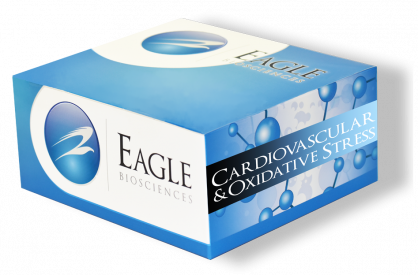Hexanoyl-Lys adduct ELISA Assay
The Hexanoyl-Lys adduct ELISA Assay is For Research Use Only
Size: 1×96 wells
Sensitivity: 2.6 nmol/L
Dynamic Range: 2.6 – 264 nmol/L
Incubation Time: Overnight
Sample Type:Serum, Urine, Biological Fluids
Sample Size: 50 µL
Alternative Names: HEL, HexanoylLysine adduct
Sample Preparation
Urine sample: Dilution of samples at least 4 times using phosphate buffered saline (PBS at pH 7.4). For urine sample from experimental animal such as dogs and cats, 10 times or 20 times dilution is recommended. If insoluble materials are observed, remove them by centrifugation. If the urine contains proteins, treat the urine by the same procedure as for serum sample.
Serum sample: Prepare “Enzyme reagent”, by dissolving 14 mg/mL of alpha-chymotrypsin in PBS (pH7.4). Dilute the serum sample at least 2 times using PBS (pH7.4). Mix 300 µL of diluted sample and 60 µL of “Enzyme reagent”. Incubate at 37 °C overnight. Filtrate using ultra filter with cut-off molecular weight 10kDa (for example Microcon YM-10, Millipore), and remove enzymes. Apply the filtrate to ELISA.
*This is an example of procedure. Please investigate optimum condition depending on the sample.
Assay Background
Hexanoyl-Lys adduct (HEL) is formed by the reaction of linoleic acid hydroperoxide and Lysine, and a biomarker for oxidative stress. The HexanoylLysine adduct assay kit is a competitive enzyme-linked immunosorbent assay for quantitative measurement of hexanoyl-Lys adduct. This kit is based on the monoclonal antibody clone 5H4, which is specific for HEL. Suitable for urine, serum and other biological samples.
Related Products
8-hydroxy-2-deoxyguanosine (8-OHdG) ELISA
8-hydroxy-2-deoxyguanosine (8-OHdG) Ultrasensitive ELISA
Antioxidant Capacity Potential Assay


